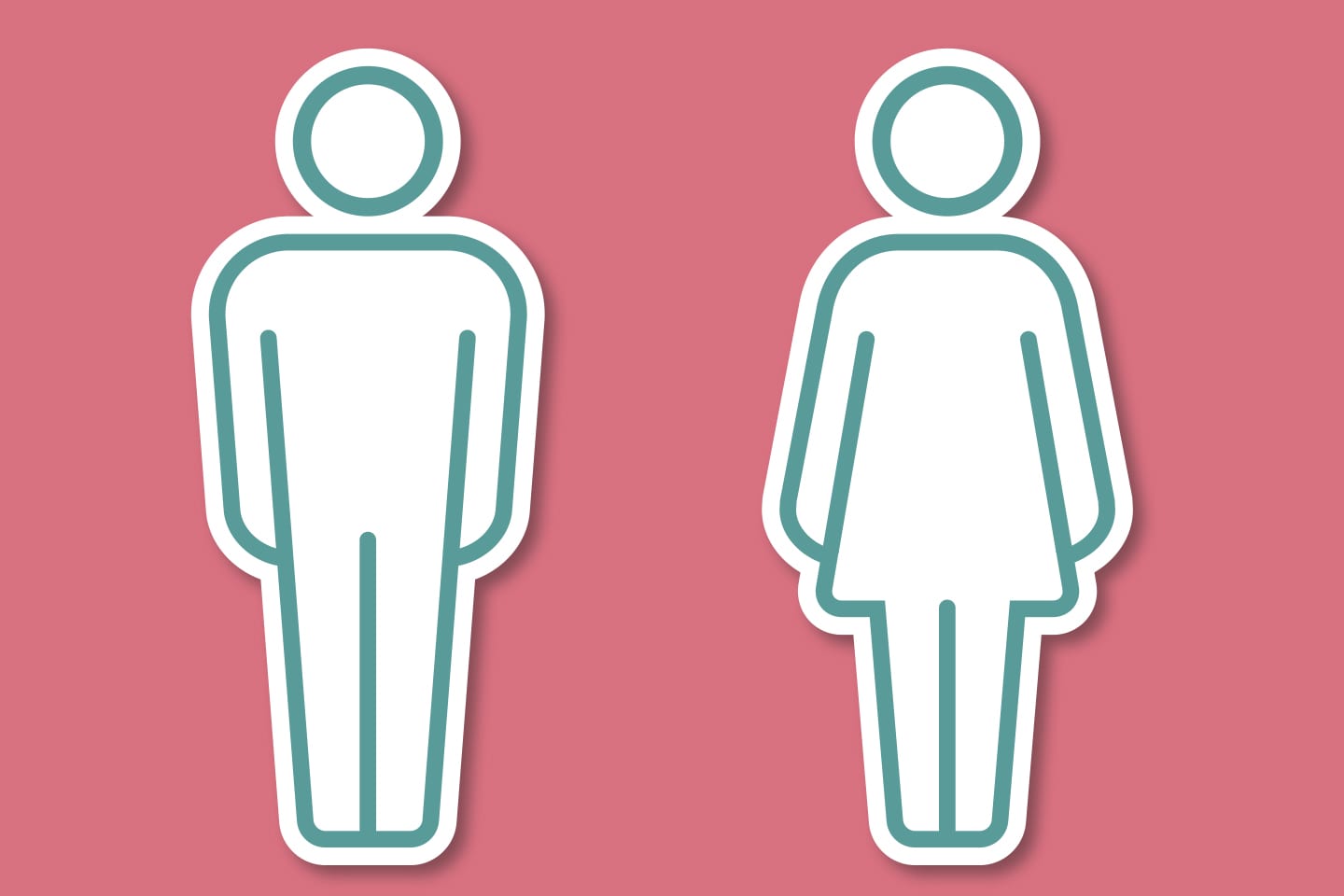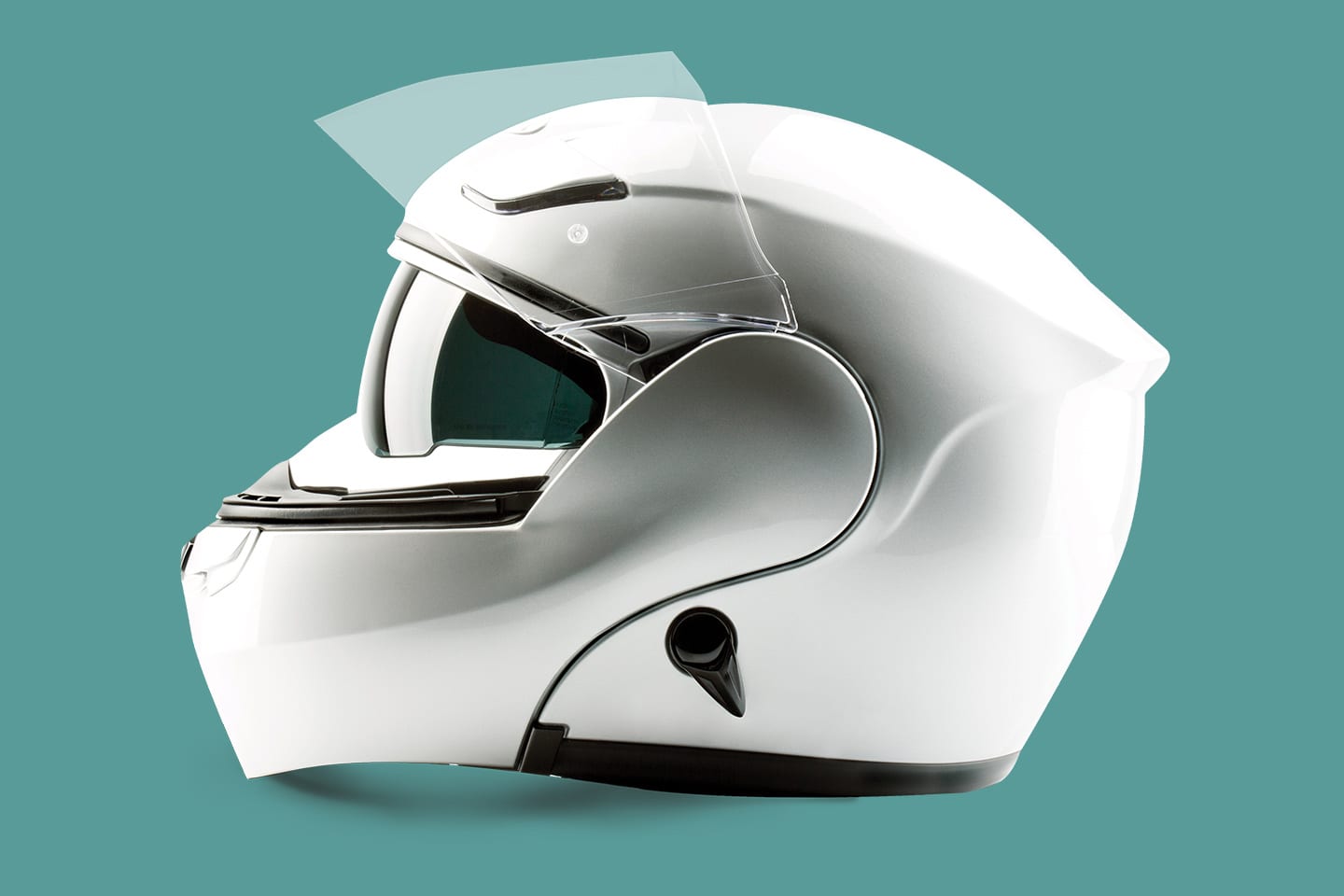Myths vs. Realities
Each year in the United States, high school and college athletes sustain an estimated 62,000 concussions. In children ages 8-13, the number of emergency room visits due to concussions has more than doubled in the last decade. Concussions among individuals ages 14-19 have increased 200%. Sports like girls’ soccer, boys’ hockey, and boys’ and girls’ lacrosse have seen the biggest jumps as their popularity has risen, though football reigns supreme as the concussion king.
By Lucy Morris
Considered a form of traumatic brain injury, or TBI, concussions are a serious condition that require evaluation, rest, and most of all – time. While an initial hit can be problematic and result in physical symptoms and mood problems as well as sleep, cognition, and memory issues, a second or third concussion, especially if sustained before a previous one has completely healed, can result in permanent long-term brain damage.
Concussions don’t necessarily follow the same pattern for everyone, so it’s important to know what to look for and how to handle a situation in which a concussion could have been sustained. Read on to learn how to differentiate between the common myths we hear and the realities we should all know.


Gonzalez
Neurologist,
Hamilton Physician Group – Neurology
MYTH:
A concussion is always caused by a direct blow to the head.
Reality:
While a concussion can absolutely occur from a direct blow to the head – in fact, this is how most people think of them – they can also occur from any impact to the body that causes the brain to shift in the head. Dr. Juan Gonzalez, a neurologist with Hamilton Physician Group – Neurology, explains, “The most common source for a concussion is a direct blow to the head, but anything that causes abrupt deceleration to the head and torso can be concussive. The brain is a soft tissue floating in spinal fluid and encased in the skull. If the head abruptly decelerates, for instance in a roller coaster ride, car whiplash, or a football tackle to the chest, the brain continues to move until it crashes against the skull.” This movement is what causes a concussion, which means you need to be especially cognizant of any bodily impact you suffer and seek evaluation at the first sign of any symptoms.


Non-operative Sports Medicine Specialist, Center for Sports Medicine & Orthopaedics
MYTH:
Concussion symptoms always appear immediately.
Reality:
When an individual suffers a concussion, they may experience a number of symptoms ranging from clumsiness to nausea and vomiting, personality changes, sensitivity to light, or even memory trouble. These symptoms may last anywhere from a couple of days to weeks or even months and may take hours, days, or weeks to develop. Dr. Bradford Mitchell, a non-operative sports medicine specialist with Center for Sports Medicine & Orthopaedics, explains, “Oftentimes, you do see symptoms right away, but not always, and they can get worse the more you exert yourself both physically and cognitively.” This means it’s important to get evaluated before returning to play, even if you aren’t seeing immediate symptoms.


Owner and Neurologist,
Chattanooga Neurology & Headache Center
MYTH:
Multiple concussions are not a big deal as long as you take time to heal from them fully before returning to your sport or activity.
Reality:
Over the last several years, more research has been done on the dangers of multiple concussions. While waiting until you are completely healed before returning to your activity is a must, it’s important to realize that numerous injuries to your brain can cause lasting effects. Dr. Charles Han, owner and neurologist at Chattanooga Neurology & Headache Center, explains, “Repeated mild TBI may put the patient at risk for chronic traumatic encephalopathy (CTE), which is more common in football players, boxers, and veterans. Symptoms develop later in life and can manifest as dementia, personality change with depression, anxiety, and behavioral disorders.”


MYTH:
Males tend to suffer from concussions more than females.
Reality:
While we may hear about concussions more often with men, they actually affect males and females pretty equally. That being said, the symptoms can differ between the sexes. Dr. Gonzalez explains, “Concussion symptoms in males tend to be more physical in nature, such as ringing in the ears and poor balance. Concussion symptoms in females tend to be more psychological, such as poor concentration and mood changes.” There are theories out there as to why, but it’s not fully understood yet.
MYTH:
Concussions can be detected on brain scans.
Reality:
CT scans and MRIs are designed to pick up structural damage to the brain, while concussions affect brain function. This means brain scans are not typically helpful in identifying if a patient has suffered a concussion. Dr. Gonzalez explains, “The majority of concussions do not show in brain scans because the damage is microscopic at the cellular level.” What these scans are able to show is whether or not the patient has other more serious injuries that cause bleeding and/or tissue damage (contusion). “About 20% of concussions are severe enough to involve blood vessels or a large area of cells, and this will show up on a scan,” says Dr. Gonzalez. “Brain bleeds and contusions are associated with permanent brain damage.”
MYTH:
It’s okay to return to play 24 hours after a concussion.
Reality:
Before returning to any activity after suffering a concussion, a patient should be completely healed, which means all symptoms are gone, and the brain has returned to baseline conditions. Depending on severity of the concussion, this can take anywhere from a couple of days to months. Returning to play too soon can result in a serious condition known as second impact syndrome, or SIS, so you should always get the “OK” from a doctor first. “Second impact syndrome happens when two or even more concussive events happen within a short period of time – between 24 hours and 10 days after the first concussion – causing cumulative brain damage before the brain has healed even from the first concussion,” explains Dr. Han. “The brain loses its ability to self-regulate, causing rapid and massive whole brain swelling, which can lead to serious consequences.”


MYTH:
Helmets prevent concussions.
Reality:
Helmets are certainly a necessary safety tool, but they are primarily designed to prevent skull fractures, not concussions. “Helmets can lower the risk of trauma to the head, but they don’t necessarily prevent concussions,” explains Dr. Mitchell. “The reality is that we were wearing helmets before we ever really understood what a concussion was. So, while we can adjust and engineer helmets to reduce the risk as much as possible now, they are not a foolproof method for preventing concussions and therefore shouldn’t be treated as such.”
MYTH:
It’s not safe to sleep if you are concussed.
Reality:
Many people have heard that it’s dangerous to sleep if you are concussed, since it could cause you to lose consciousness or even slip into a coma. In reality, if the person who was injured is awake and able to hold a conversation, and they’re not experiencing other symptoms like dilated pupils or difficulty walking, it’s okay to let them sleep. “For simple and uncomplicated concussions, good rest, including sleep, can help the brain rest and recover better and faster,” explains Dr. Han. “In more complicated cases, a patient needs to be watched carefully for the first 72 hours. Any signs of worsening headaches, headache with nausea, vomiting, confusion, or altered mental status should raise alarm and send the patient to the ER for evaluation.”
When it comes to concussions, it’s better to be safe than sorry. Dr. Mitchell explains, “It’s never a bad idea to get evaluated. While not all concussions require emergent treatment, anyone with any signs or symptoms should see a specialist before returning to any impact or contact sport.” Fortunately, most concussions can be treated at home with rest, and, in many situations, you should be able to return to your favorite activities once fully healed. HS

